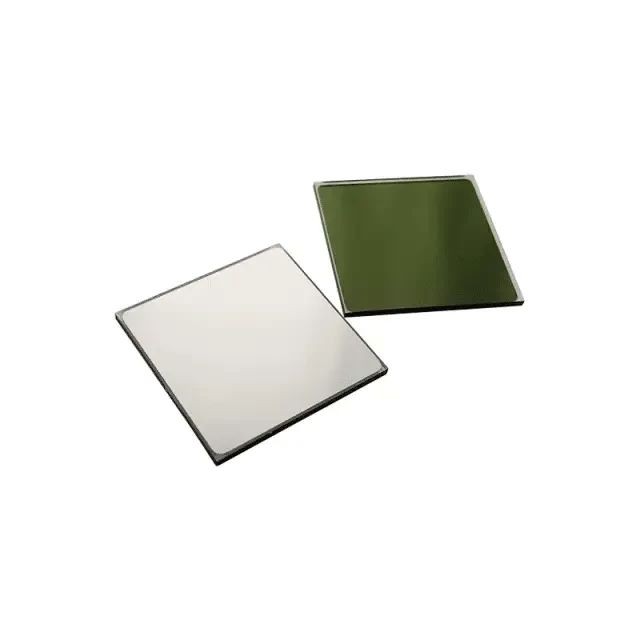
Optical Materials
Optical Window Glass Substrate Wafer Single Double Sided Coated K9 Quartz Sheet
Item Number : KTOM-CGS
Price varies based on specs and customizations
Shipping:
Contact us to get shipping details Enjoy On-time Dispatch Guarantee.
Why Choose Us
Reliable PartnerEasy ordering process, quality products, and dedicated support for your business success.
K9 Material Glass Sheet
K9 glass is a remarkable glass product crafted from K9 material, which belongs to the category of optical glass. Renowned for its exceptional clarity, this glass is commonly referred to as crystal glass in the market. K9 glass, a member of the borosilicate system, exhibits a low refractive index and Abbe number, making it economically viable. It boasts excellent micro-machining capabilities and possesses an optical coefficient of 1.5163 with a dispersion rate of over 80. Notably, K9 glass is virtually free from bubbles and impurities, appearing clear and colorless due to its high-purity composition. The application of micro- and nano-scale microstructures and devices on K9 glass has found its place in diverse fields, including optoelectronics, microwave technology, and diffractive optical components.
Detail & Parts

K9 Optical Glass Advantages
- High Temperature Resistance. Our quartz can be use at 1200ºC for long time. Can be used at 1450ºC for short time.
- Good Thermal Stability. 1100ºC drop into cold water without crack.
- Good Corrosion Resistance.
- Good insulativity
Material Parameter of K9 Optical Glass
| Density | 2.55g/cm3 |
| Specific Heat | 879J/kg.℃ |
| Index of Refraction | 1.5230 |
| Abbe Number | 58.3 |
Provide customized services
Through the implementation of innovative and state-of-the-art melting processes, we have acquired extensive expertise in the development and manufacture of quality glass products, offering a wide range of optical glass products for a variety of commercial, industrial and scientific applications. The company provides various specifications of optical glass such as raw glass, cut parts and finished components, and cooperates closely with customers to customize products according to customer needs. With an unwavering commitment to quality, we ensure our customers receive the perfect solution tailored to their requirements.
For further quotations, please contact us.
FAQ
What Are Optical Quartz Plates?
What Are The Main Types Of Glass Substrates?
What Are The Main Types Of Optical Quartz Plates?
What Is Optical Glass Used For?
What Is Soda-lime Glass Used For?
What Are The Applications Of Optical Quartz Plates?
What Is The Composition Of Optical Glass?
What Are The Advantages Of Using Sapphire Substrates?
What Are The Advantages Of Using Optical Quartz Plates?
What Are The Most Common Optical Glasses?
Why Is Boroaluminosilicate Glass Suitable For Laboratory Glassware And Cooking Utensils?
How Are Optical Quartz Plates Manufactured?
What Are The Applications Of Optical Quartz Glass Sheets?
What Makes K9 Quartz Sheets Unique?
What Makes K9 Glass Special?
What Is The Role Of Optical Quartz Plates In Telecommunications?
What Is A CaF2 Window Used For?
How Do Optical Quartz Plates Contribute To Laboratory Research?
What Are The Properties Of Magnesium Fluoride Crystal Substrates?
What Is Silicon Used For In The Near-infrared Range?
What Are Glass Vibration Beads Used For In Laboratories?
4.9
out of
5
KINTEK SOLUTION's coated glassware is an absolute lifesaver in the lab. It's so much easier to handle and less likely to break, which gives me peace of mind knowing my precious samples are safe.
4.8
out of
5
I've been using KINTEK SOLUTION's coated glass sheets for years and they've never let me down. They're incredibly durable and resistant to scratches, which is essential for my delicate lab work.
4.7
out of
5
The K9 quartz sheets from KINTEK SOLUTION are a game-changer in my lab. They're incredibly heat-resistant and have excellent thermal stability, making them perfect for high-temperature applications.
4.9
out of
5
I'm so impressed with the optical clarity of KINTEK SOLUTION's K9 glass sheets. They provide exceptional image quality and are perfect for my microscopy work.
4.8
out of
5
The KINTEK SOLUTION team is fantastic. They're always willing to go the extra mile to ensure I get exactly what I need, and their delivery is always prompt and reliable.
4.7
out of
5
I highly recommend KINTEK SOLUTION's coated glass sheets for any laboratory. They're a great investment that will save you time, money, and frustration in the long run.
4.9
out of
5
KINTEK SOLUTION's K9 quartz sheets are a must-have for any lab that works with high-power lasers. They're incredibly resistant to laser damage and provide excellent beam transmission.
4.8
out of
5
I've been using KINTEK SOLUTION's single-sided coated glass sheets for my spectroscopy work, and I'm amazed at how much they've improved the signal-to-noise ratio. They're a real game-changer.
4.7
out of
5
The double-sided coated glass sheets from KINTEK SOLUTION are perfect for my imaging applications. They provide excellent anti-reflection properties and minimize stray light, resulting in sharper and clearer images.
4.9
out of
5
I'm so glad I switched to KINTEK SOLUTION's coated glass sheets. They're so much easier to clean and maintain than traditional glass, and they always look sparkling new.
4.8
out of
5
The K9 glass sheets from KINTEK SOLUTION are perfect for my microfluidic devices. They're incredibly smooth and uniform, which ensures precise fluid flow and control.
4.7
out of
5
I've been using KINTEK SOLUTION's coated glass sheets for my electrochemical cells, and I'm very impressed with their chemical resistance. They've held up perfectly even in harsh environments.
4.9
out of
5
The KINTEK SOLUTION team is incredibly knowledgeable and helpful. They were able to provide me with expert advice on choosing the right coated glass sheets for my specific application.
4.8
out of
5
I'm very satisfied with the quality and performance of KINTEK SOLUTION's coated glass sheets. They've exceeded my expectations and made my lab work much more efficient.
4.7
out of
5
KINTEK SOLUTION's coated glass sheets are an excellent value for money. They're very affordable and provide exceptional performance, making them a great investment for any laboratory.
4.9
out of
5
I highly recommend KINTEK SOLUTION's coated glass sheets to any laboratory manager looking for high-quality, durable, and affordable glass products.
4.8
out of
5
KINTEK SOLUTION's coated glass sheets are a testament to their commitment to innovation and excellence. They're constantly pushing the boundaries of what's possible in glass technology.
REQUEST A QUOTE
Our professional team will reply to you within one business day. Please feel free to contact us!
Related Products

High Temperature Resistant Optical Quartz Glass Sheet
Discover the power of optical glass sheets for precise light manipulation in telecommunications, astronomy, and beyond. Unlock advancements in optical technology with exceptional clarity and tailored refractive properties.
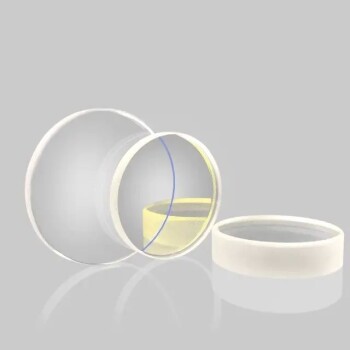
Optical Window Glass Substrate Wafer Sheets Zinc Sulfide ZnS Window
Optics Zinc Sulphide (ZnS) Windows have an excellent IR transmission range between 8-14 microns.Excellent mechanical strength and chemical inertness for harsh environments (harder than ZnSe Windows)
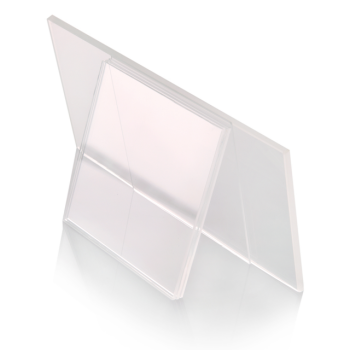
Optical Window Glass Substrate Wafer Quartz Plate JGS1 JGS2 JGS3
The quartz plate is a transparent, durable, and versatile component widely used in various industries. Made from high-purity quartz crystal, it exhibits excellent thermal and chemical resistance.

Optical Window Glass Substrate Wafer Barium Fluoride BaF2 Substrate Window
BaF2 is the fastest scintillator, sought-after for its exceptional properties. Its windows and plates are valuable for VUV and infrared spectroscopy.
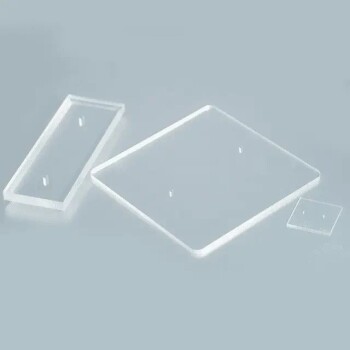
MgF2 Magnesium Fluoride Crystal Substrate Window for Optical Applications
Magnesium fluoride (MgF2) is a tetragonal crystal that exhibits anisotropy, making it imperative to treat it as a single crystal when engaging in precision imaging and signal transmission.
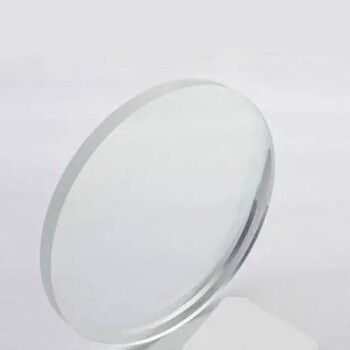
Optical Ultra-Clear Glass Sheet for Laboratory K9 B270 BK7
Optical glass, while sharing many characteristics with other types of glass, is manufactured using specific chemicals that enhance properties crucial for optics applications.
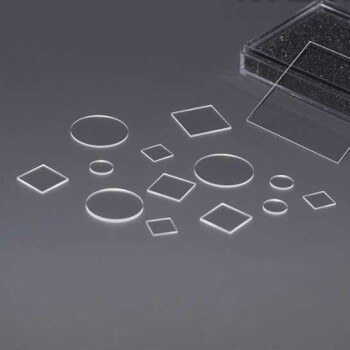
Infrared Transmission Coating Sapphire Sheet Substrate Window
Crafted from sapphire, the substrate boasts unparalleled chemical, optical, and physical properties. Its remarkable resistance to thermal shocks, high temperatures, sand erosion, and water sets it apart.
Related Articles

Unveiling the Exceptional Properties and Applications of Optical Quartz Plates
Discover the remarkable characteristics and diverse applications of optical quartz plates, including their superior ultraviolet transmission, thermal stability, and use in lenses, lighting devices, and semiconductor manufacturing.

Optical Quartz Plate: A Comprehensive Guide to Applications, Specifications, and Usage
Discover the versatility of optical quartz plates, exploring their uses in various industries, key specifications, and factors that differentiate them from glass. Gain insights into their applications in ultraviolet transmission, precision optics, and more.

Unlocking the Power of Optical Quartz Plates: Applications and Benefits
Delve into the world of optical quartz plates, exploring their exceptional properties, diverse applications in industries like optics, electronics, and more. Discover their advantages, including low thermal expansion, high temperature resistance, and precise optical clarity.

Understanding Quartz Electrolytic Cells: Applications, Mechanisms, and Advantages
Explore the detailed workings, applications, and benefits of quartz electrolytic cells in various industries. Learn how these cells facilitate precise chemical reactions and their role in high-purity metal production.

Optical Components: Window Sheets and Their Applications
An overview of various types of optical window sheets, their materials, precision, and coating options.

Comprehensive Guide to Optical Windows: Material Properties and Surface Specifications
This article delves into the properties and specifications of optical windows, focusing on material properties, surface quality, and anti-reflection coatings.

Application of Vacuum Coating on Architectural Glass
An in-depth look at the methods and benefits of vacuum coating on architectural glass, focusing on energy efficiency, aesthetics, and durability.

Common Optical Materials and Their Properties
An overview of various optical materials, their properties, and applications across different spectral ranges.

Difference between Single Crystal Quartz and Fused Silica
A detailed comparison of single crystal quartz and fused silica across various properties and preparation methods.

Key Properties and Differences Between Fused Silica and Natural Quartz
A detailed comparison of the properties, appearance, physical, chemical, and application differences between fused silica and natural quartz.

Understanding Fused Silica: Properties, Applications, and Advantages
An in-depth look at fused silica, its unique properties, and its diverse applications in various industries.

Molecular Distillation Equipment in Liquid Crystal Material Production
Exploring the role of molecular distillation equipment in enhancing purity and efficiency in liquid crystal material production.